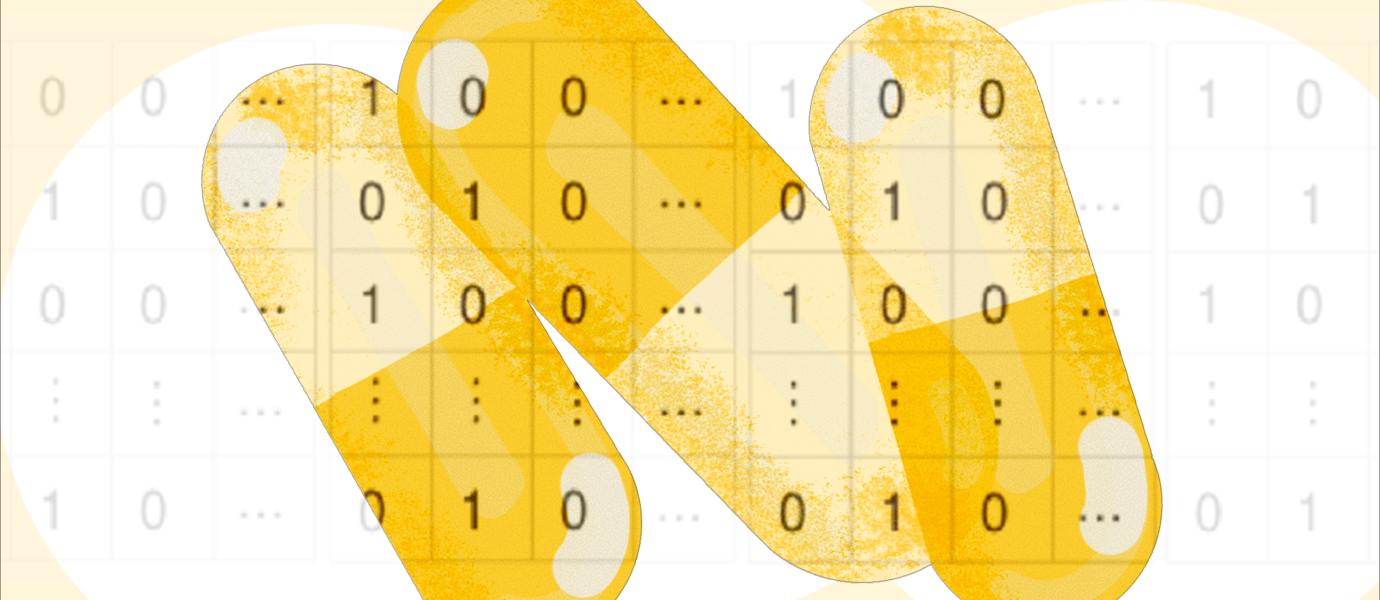Dec 2 2020
Healthcare experts who treat patients battling advanced cancers often have to use a mixture of therapies. Besides cancer surgery, the patients are usually treated with medication, radiation therapy, or both.
 AI methods can help us with perfect drug combinations. Image Credit: Matti Ahlgren, Aalto University.
AI methods can help us with perfect drug combinations. Image Credit: Matti Ahlgren, Aalto University.
Medication can be a combination of various drugs that act on different cancer cells. In general, combinatorial drug therapies increase treatment effectiveness and can minimize the destructive side-effects if the number of individual drugs can be decreased. But experimental screening of drug mixtures is very slow and costly, and thus mostly fails to identify the complete advantages of combination therapy.
A new machine learning technology could help identify the ideal combinations to selectively destroy cancer cells with precise functional or genetic makeup.
Scientists from Aalto University, the University of Helsinki, and the University of Turku in Finland created a machine learning model that exactly predicts how combinations of various cancer drugs destroy many types of cancer cells.
The new AI model was trained using a huge set of data acquired from former studies, which had explored the link between cancer cells and drugs.
The model learned by the machine is actually a polynomial function familiar from school mathematics, but a very complex one.
Juho Rousu, Professor, Aalto University
The findings of the study have been reported in the prestigious journal Nature Communications and show that the model identified links between cancer cells and drugs that were not noticed before.
The model gives very accurate results. For example, the values of the so-called correlation coefficient were more than 0.9 in our experiments, which points to excellent reliability.
Juho Rousu, Professor, Aalto University
In experimental measurements, a correlation coefficient of 0.8–0.9 is said to be ideal. The model precisely predicts how a drug mixture selectively suppresses specific cancer cells when the effect of the drug combination on that type of cancer has not been investigated earlier.
This will help cancer researchers to prioritize which drug combinations to choose from thousands of options for further research.
Tero Aittokallio, Researcher, Institute for Molecular Medicine Finland, University of Helsinki
The same machine learning model could be applied for non-cancerous diseases. Here, the model would have to be re-trained with data associated with that disease. For instance, the model could be applied to explore how various combinations of antibiotics influence bacterial infections or how efficiently various combinations of drugs destroy cells that have been infected by the SARS-Cov-2 coronavirus.
Journal Reference:
Julkunen, H., et al. (2020) Leveraging multi-way interactions for systematic prediction of pre-clinical drug combination effects. Nature Communications. doi.org/10.1038/s41467-020-19950-z.